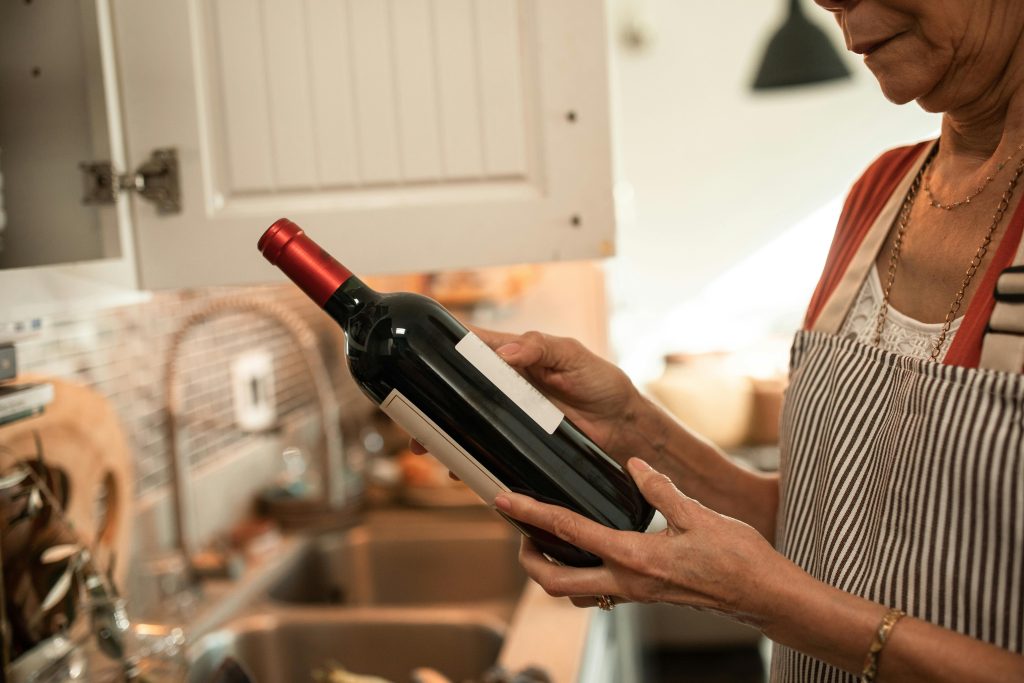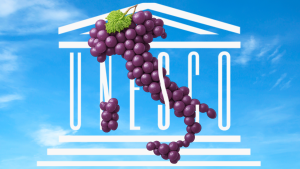Find out how the design of a bottle can influence the purchasing decision and why attractive packaging is essential to stand out in a competitive market.
The dress (almost always) makes the monk
In the world of wine, the proverb “the dress doesn’t make the monk” seems not to be entirely true. In addition to product quality, labels and packaging play a fundamental role in guiding consumers’ purchasing choices. But how do these elements really influence the final decision? Let’s discover together why the “dress” of a bottle of wine is crucial and how to optimize the packaging to capture attention on the shelf.
/*! elementor – v3.23.0 – 05-08-2024 */
.elementor-widget-image{text-align:center}.elementor-widget-image a{display:inline-block}.elementor-widget-image a img[src$=”.svg”]{width:48px}.elementor-widget-image img{vertical-align:middle;display:inline-block} 
The Power of First Impressions
When the consumer is faced with hundreds of bottles, the label is the first thing that catches his attention.
A well-designed label can make the difference between a bottle left on the shelf and one sold. Studies show that consumers dedicate just a few seconds to visual evaluation, which is why the label design must be eye-catching and immediately communicate the brand’s values.
What is your story?
Label design is not just an aesthetic issue, but reflects the brand’s identity. Modern and minimalist labels attract young consumers and lovers of contemporary trends, while more classic designs convey tradition and authenticity, often favored by long-time enthusiasts. Colors also play an important role: dark and golden shades evoke elegance and luxury, while light and lively colors can suggest freshness and lightness.

1.The Shape of the Bottle
Not only the label, but also the shape of the bottle can influence the perception of wine. Tall and slender bottles convey a sense of elegance and sophistication, while more robust and heavier ones often indicate wines of character and complexity. The weight of the bottle also contributes to this impression: a greater weight may suggest a higher-quality product, even though the contents remain the same.
2. The Capsule and the Seal
Small details like the capsule and the seal can add an extra touch of refinement to the packaging. A wax capsule or an elaborate seal evoke craftsmanship and tradition, capturing the attention of those looking for exclusive and niche products. These elements, though marginal they strengthen the perception of the value of wine, making it perfect not only for personal consumption, but also as a gift.
3. Transparency and Reliability
In addition to the visual aspect, the information on the label plays a decisive role in the consumer’s choice. The denomination, region of origin, and details about the grape variety help reassure the quality and authenticity of the wine. Moreover, descriptions that suggest food pairings or tell the winery’s story help create an emotional connection with the consumer, making the purchase decision easier.
4. Sustainability: A Factor of Choice
With the increasing focus on sustainable practices, eco-friendly packaging is also gaining ground. Lightweight bottles made from recycled glass or biodegradable packaging are increasingly appreciated by consumers who are mindful of environmental impact. Offering sustainable packaging not only enhances brand perception but can also be a decisive factor to conquer a growing market segment.
5. Packaging e Marketing
Packaging is not just an aesthetic issue, but an essential component ofmarketing strategy.
A well-designed label can differentiate wine from the competition, while packaging consistent with brand identity facilitates consumer loyalty.
Furthermore, a distinctive design allows the product to stand out on shelves, increasing the chances of being noticed and chosen, especially in international markets.
Conclusions
Packaging Matters, Yes!
Ultimately, in the world of wine, clothes really make the man. Attractive packaging, well designed and consistent with the positioning of the brand can decisively influence the consumer’s choice, ensuring a competitive advantage in the market.
NB: when you receive international wine lovers, pay attention to their tastes and preferences so as to offer them a tailor-made experience!
These are certainly the most relevant elements when it comes to choosing a wine, but it is important to understand which target you want to refer to.
Based on the ideal audience, a few improvements can be adopted to meet everyone’s needs and satisfy everyone.



